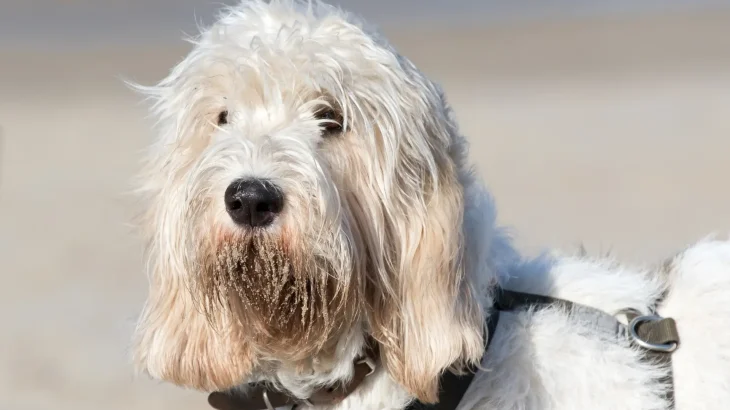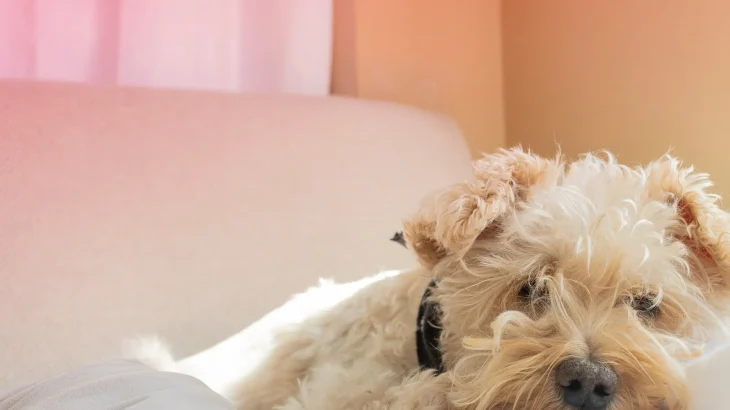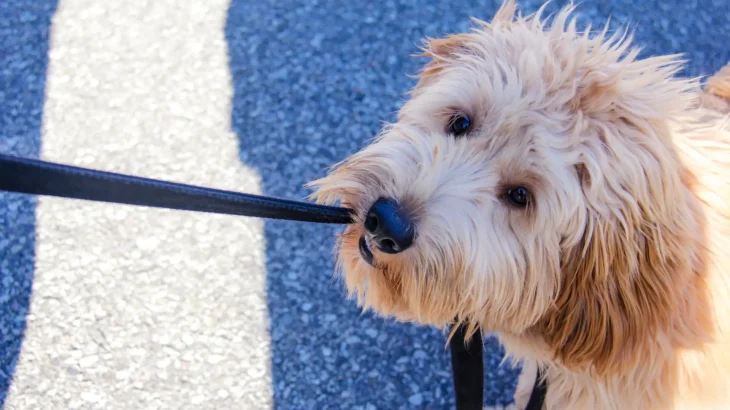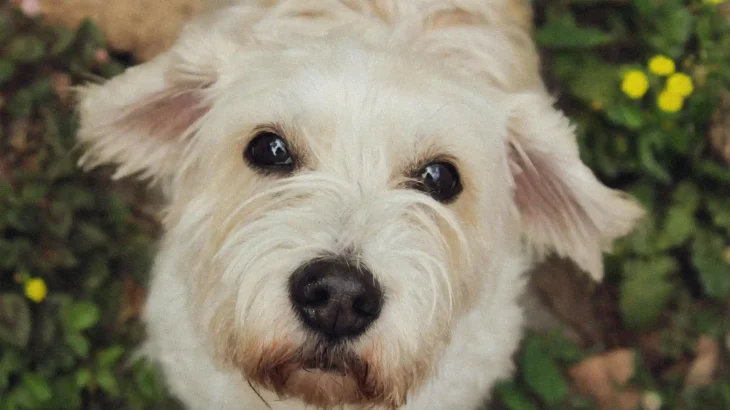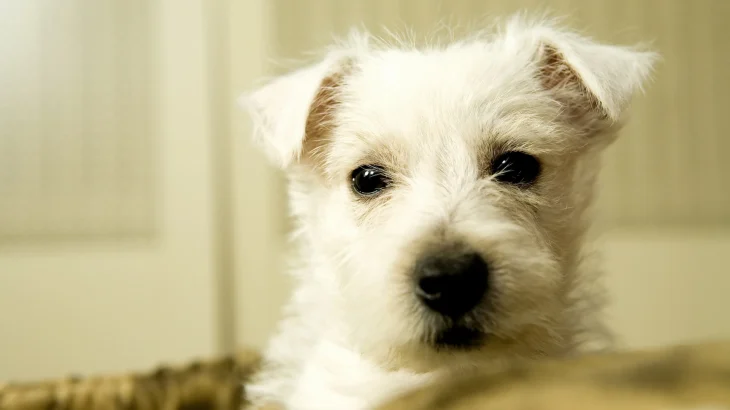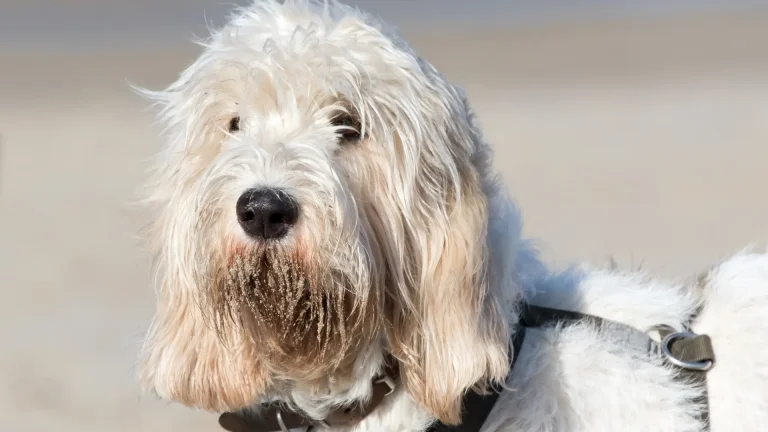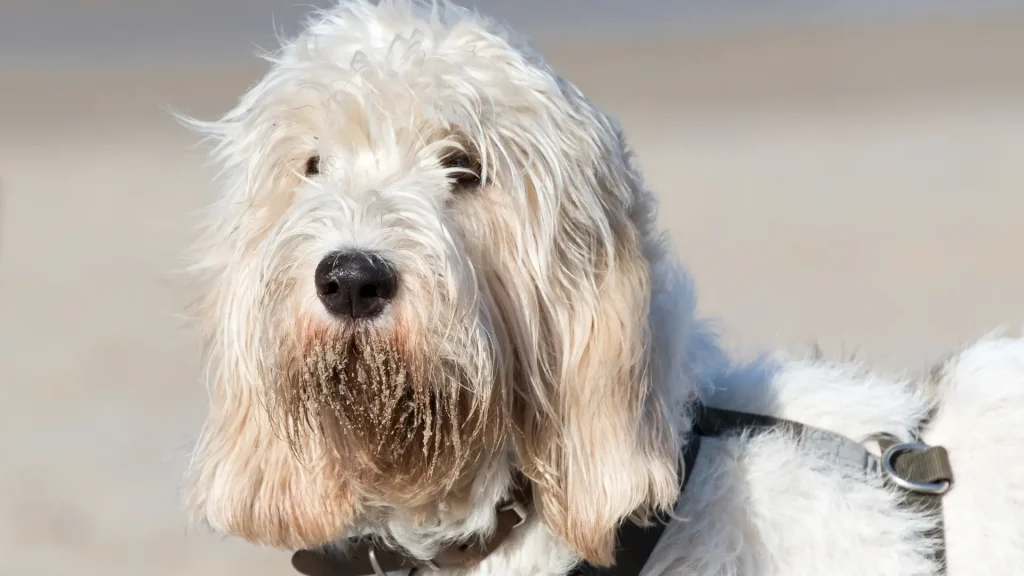Pet insurance is worth considering for owners of the Grand Griffon Vendeen, a breed known for its active, adventurous nature. This hunting dog can face injuries or sudden health problems, making insurance coverage helpful. Policies often cover treatments, surgeries, and sometimes liability, providing peace of mind against expensive vet bills. Owners should weigh premiums against coverage, keeping the breed's outdoor lifestyle in mind for issues like accidental poisoning or injuries.
Health and Surgery Coverage
Insurance typically covers illnesses and surgeries, important for this active breed prone to accidents or health issues. Coverage usually includes diagnostics and treatments but may exclude pre-existing conditions or routine care. Benefits include financial relief during emergencies, while drawbacks might be waiting periods or claim rejections. For example, emergency care after ingestion of a toxic substance can be costly without insurance.
Liability Coverage
Some policies offer liability coverage protecting owners if their Grand Griffon Vendeen causes injury or property damage. Energetic dogs can have accidental incidents, so this coverage shields owners from legal costs. Liability isn't always standard and may require extra premiums, so checking policy details is crucial.
Common Alternatives to Pet Insurance
Some owners prefer saving money for vet bills, avoiding premiums but risking high expenses. Others opt for wellness plans covering routine care but excluding emergencies or surgeries. These options lack insurance's financial predictability and may leave owners vulnerable, especially with an active breed like the Grand Griffon Vendeen.
Out-of-Pocket Costs for Owners
Even insured owners can expect deductibles, co-pays, or costs for services like vaccinations or certain medications. Understanding these helps with budgeting. Insurance mainly reduces large unexpected expenses but doesn't eliminate all costs.
Advantages and Disadvantages of Pet Insurance
The main advantage is financial protection against unexpected vet costs, providing peace of mind and access to care. Downsides include premiums, exclusions, and possible claim issues. Balancing the dog's needs with costs helps owners decide if insurance is worthwhile.

